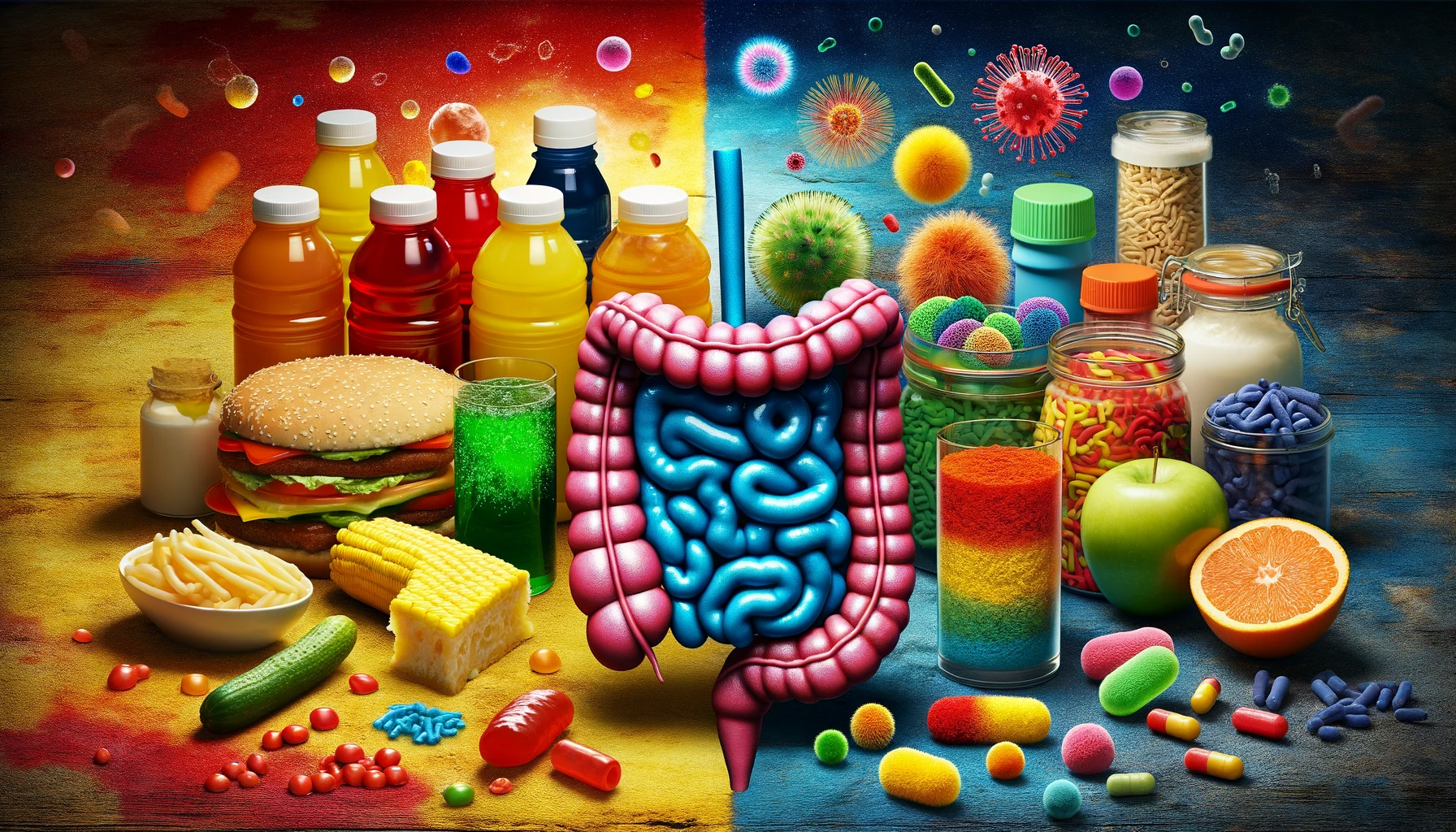The largest number of food companies in Latin America continues to use artificial dyes in processed products to highlight the appearance of foods and make them more attractive to consumers.
Various investigations have indicated that some artificial dyes such as Red 40, Yellow 5 and Yellow 6, are contaminated with benzidine or other carcinogens, leading to hypersensitivity reactions and an increase in hyperactivity and attention deficit events in minors.
Recent studies are investigating how these dyes can directly affect our microbiota, which is today recognized as a fundamental pillar in the intestinal homeostasis of the human being.
Although studies are still limited, some results show that if the intestinal microflora participates in the degradation of these compounds, secondary metabolites can form, which may be more dangerous than the dye itself, posing a serious health problem to the consumers.
Microbial enzyme systems can metabolize azo dyes. The release of these components into the environment is unfavorable, as the degradation of many azo dyes can result in toxic and/or mutagenic products.
We know that when we feed properly, we are nourishing our microbiota and in turn, it reciprocates with health benefits.
We must not forget that it is a fundamental part of the entire process of absorbing the food we eat.
But what if what we give those microorganisms is not what they require?
or
What if what we provide to those microorganisms is not what they need?
In the case of artificial dyes, we might be directly affecting the balance between the different knowledge of microorganisms, increasing those we require less. As a consequence of this imbalance, beneficial bacteria crucial for our health might decrease.
(Toxicology of food dyes. Sara Kobylewski , Michael Jacobson)



